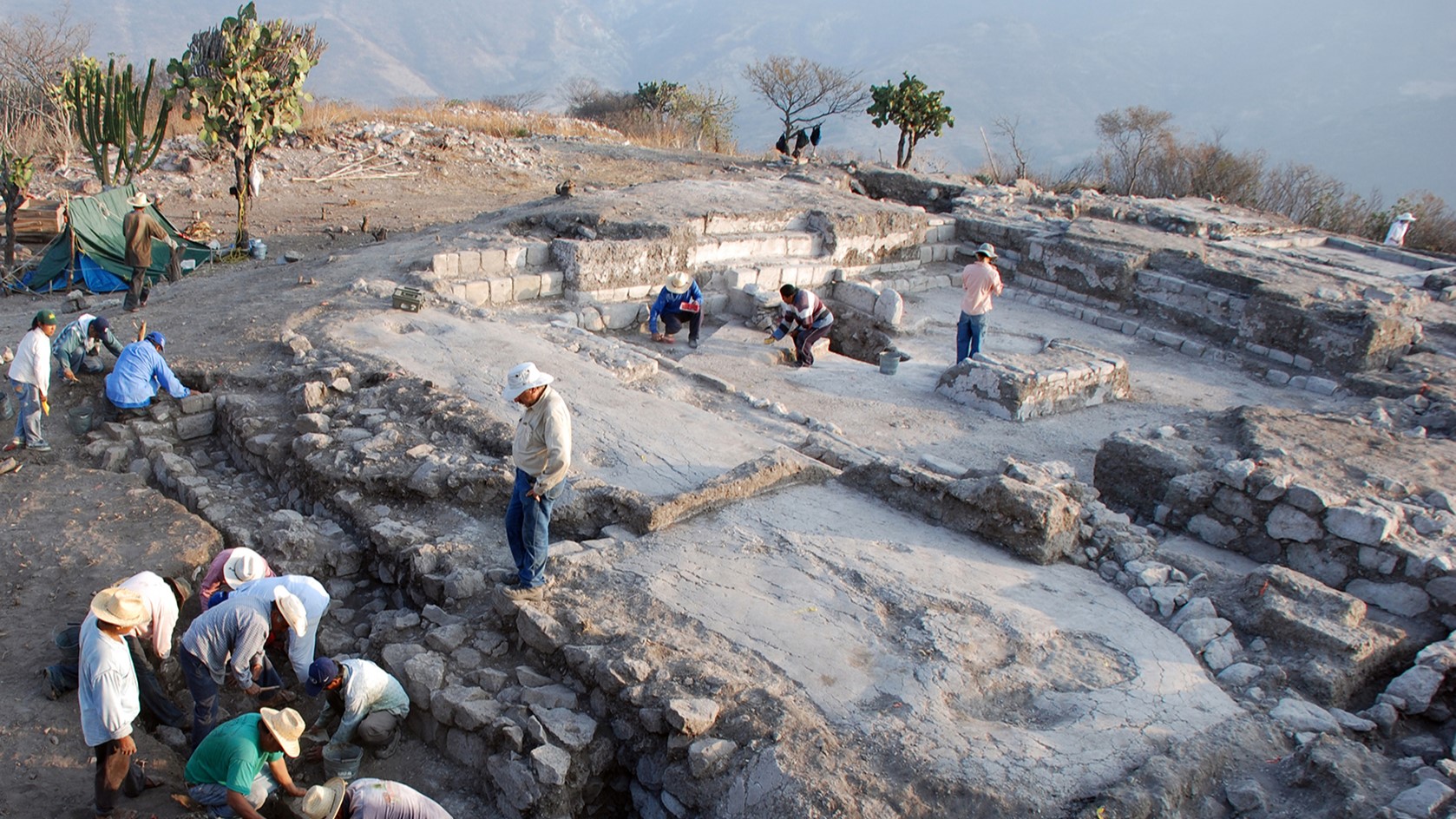Did every civilization have inequality? New 10,000-year study reveals a surprising answer.
A study of 50,000 houses from the late Pleistocene to the onset of European colonialism has revealed that social inequality isn't inevitable, but rather a consequence of political choices.

Inequality is nothing new, but it's also far from inevitable.
That's the takeaway from a new study of more than 1,000 settlements around the world over the last 10,000 years. Archaeologists found that while social inequality did tend to grow with population, the trend is not guaranteed.
To arrive at the conclusion, the archaeologists behind the research used a surprisingly simple measure: house sizes. The findings, made as part of the The Global Dynamics of Inequality (GINI) project, were published April 14 in the journal PNAS.
"Regarding economic inequality, the old saying that history tends to be written by the winners, the wealthy and powerful, is likely applicable here," study lead-author Gary Feinman, a professor of archaeology and the MacArthur Curator of Mesoamerican, Central American, and East Asian Anthropology at the Field Museum in Chicago, told Live Science. "If inequality is argued to be natural or inevitable, then any efforts to mitigate or check it likely would be discouraged."
From the lavish burial tombs of Egyptian pharaohs to forgotten hoards of treasure and even child sacrifices, the traces of social inequality can be found everywhere throughout history. Yet despite being a key goal of archaeology, quantifying the evolution of human inequality, and the factors that led to its rise, is as difficult as it is contentious.
Related: Who were the first farmers?
The conventional narrative holds that inequality was baked into our societies once humans began farming, enabling rich elites to hoard the surpluses produced by agricultural workers. Yet other research has suggested this account is likely misleadingly simplistic.
Sign up for the Live Science daily newsletter now
Get the world’s most fascinating discoveries delivered straight to your inbox.
To chart the rise of wealth differences between social classes, archaeologists have begun developing quantitative measures of the social structures at different sites, so that data can be compared across geographies and times.
A common measure used in modern societies is the Gini coefficient, a number between 0 and 1 where 0 represents perfect equality (everyone has the same wealth) and 1 perfect inequality (with one individual owning everything). For reference, the United States has a gini coefficient of about 0.41, and Norway one of 0.27, according to the World Bank.
The study researchers analyzed 50,000 houses across 1,000 settlements in Mesoamerica, North America, Europe, and Asia that were built between the end of the Pleistocene epoch (roughly 12,000 years ago) and the 15th century.
By using the variability in house sizes in these settlements as a rough proxy for wealth, the archaeologists calculated a Gini coefficient for each site. They followed this up with statistical analysis that compared the Gini scores with the political complexity of each society.
By comparing the trends in Gini values to those in governmental structures, the researchers arrived at a simple conclusion: Historical inequality doesn't occur the same way everywhere, and doesn't naturally increase as populations grow and governments become more complex. Instead, the choices human societies made about how to distribute wealth were key in keeping social disparities under control.
"Such leveling mechanisms are highly variable across time and space," Feinman said, but he highlighted that they tended to use taxation systems and laws that redistributed or prevented highly concentrated wealth. For example, in ancient Athens, wealthy individuals were expected to fund public works and certain festivals. And in many societies, the wealth of the dead was redistributed or the debts of those who died canceled.
Feinman said that he was unsurprised by this regional and temporal variability, but that he was pleased to document the trends empirically across a large number of sites.
"Now, arguments over one data point or another will likely have little impact on the broad-based patterns we see," he added. "I did not ever adhere to the ideological claims that inequality is inevitable or natural, ideas that hopefully will not rise again after this collective study."

Ben Turner is a U.K. based staff writer at Live Science. He covers physics and astronomy, among other topics like tech and climate change. He graduated from University College London with a degree in particle physics before training as a journalist. When he's not writing, Ben enjoys reading literature, playing the guitar and embarrassing himself with chess.
You must confirm your public display name before commenting
Please logout and then login again, you will then be prompted to enter your display name.










